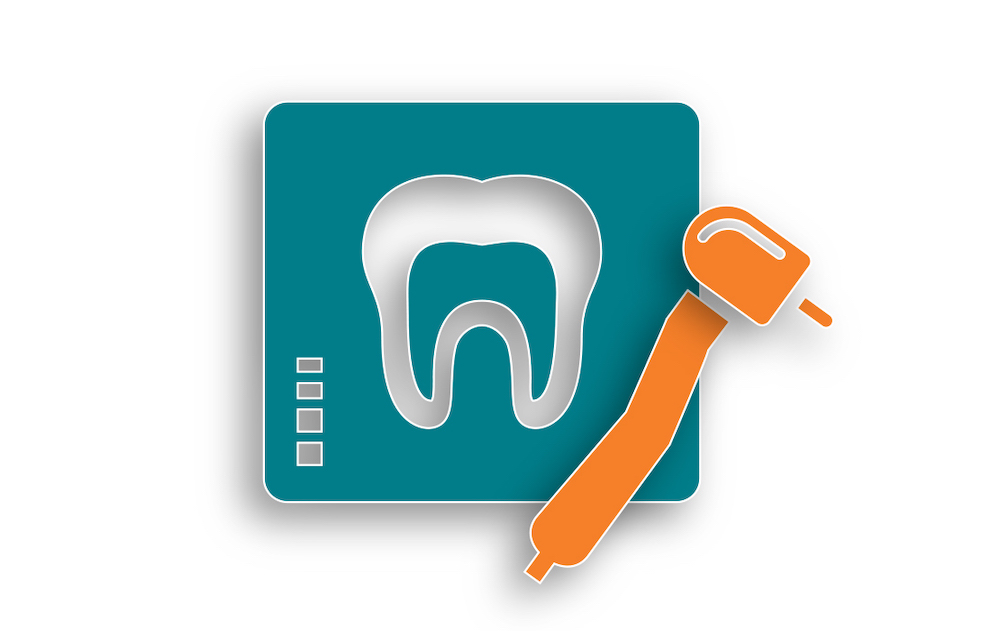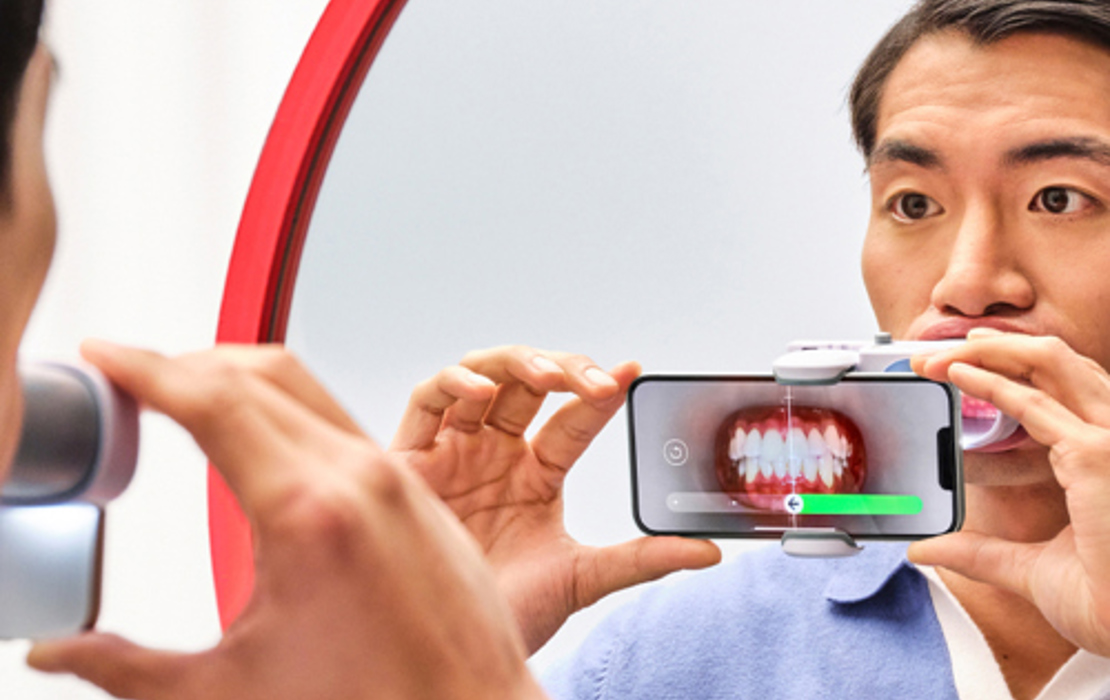Standards support capture, exchange of high-quality digital radiographs
Most US dental practices use digital radiography

A new standard from the American Dental Association provides a step-by-step process to help ensure dentists produce high-quality digital radiographs.
While most states and regulatory bodies have guidelines related to the quality assurance of radiographic equipment, the guidelines primarily deal with X-ray film and not digital imaging technology. However, about 90% of dental practices in the U.S. use digital radiography, showcasing the need for an updated quality assurance protocol for digital panoramic and cephalometric radiographic imaging systems, according to the standard.
“The era of digital imaging was thrust upon the dental community with little or no formal training on how these systems worked and how to validate or check the performance of the new digital radiography systems,” said Peter Mah, D.M.D., a diplomate of the American Board of Oral and Maxillofacial Radiology who chaired the ADA task group that developed ANSI/ADA Standard No. 1099 for Dentistry — Quality Assurance for Digital Panoramic and Cephalometric Radiographic Systems. “Largely, the education learned on digital radiography in dentistry was based upon vendor-supplied sales brochures, salespeople and learning through trial and error. Also, the digital radiographic information that was promulgated varied from one source to another with little to no scientific validation.”
The standard is universally applicable to any digital imaging system, providing a scientifically validated process from image capture to image display to achieve an optimal balance between image quality and radiation dose, Dr. Mah said. The standard optimizes the radiation dose to be just enough to ensure maximal diagnostic information without subjecting the patient to more radiation than necessary to produce a more esthetically pleasing image.
“Since the introduction of digital radiography systems to dentistry until now, the myth has persisted that by adjusting brightness, contrast or applying some combination of software filters, the poorly acquired radiograph can be made diagnostic,” Dr. Mah said. “This misguided theory is still perpetuated by many different groups regarding very light or dark radiographs to make them diagnostic when they are only more esthetically pleasing to the eye. It is important to know with digital radiographs that are not properly acquired that no amount of image processing following image acquisition may restore data loss at the time of image capture.”
The standard is available for free to ADA members from the ADA Store.
Another standard related to digital radiography is the Digital Imaging and Communications in Medicine Standard. DICOM, an international standard that is supported by the ADA, provides guidelines for the formatting, storage and exchange of digital radiography files to ensure they are interoperable across all types of imaging systems, practice management systems and health care networks. It was reaffirmed in June 2023.
The Association is the secretariat of the DICOM working group on dentistry, authorizing it to manage a group of dental radiography experts who contribute the dental-specific chapters to the DICOM Standard.
By conforming to DICOM, dentists protect their investments in digital radiography by ensuring their systems continue to be interoperable in the future instead of being tied to an individual vendor or proprietary file format that may become obsolete, according to ADA Technical Report No. 1057 for Guidelines for Digital Imaging Systems and Interoperability in Today’s Dental Practice.
Interoperability through DICOM also makes it easier for dentists to share images and patient data with specialists, insurers and others. DICOM-compliant software creates a standardized format for files that can be exchanged with verifiable metadata indicating all parties are viewing the original, unaltered image, according to the technical report.
ADA Technical Report No. 1057 as well as ADA Technical Report No. 1023 for Implementation Requirements for DICOM in Dentistry are available for free to ADA members from the ADA Store.
The ADA is accredited by the American National Standards Institute to develop national standards for products and information technology used by dental professionals and consumers. There are currently more than 130 national standards, and more are under development.



